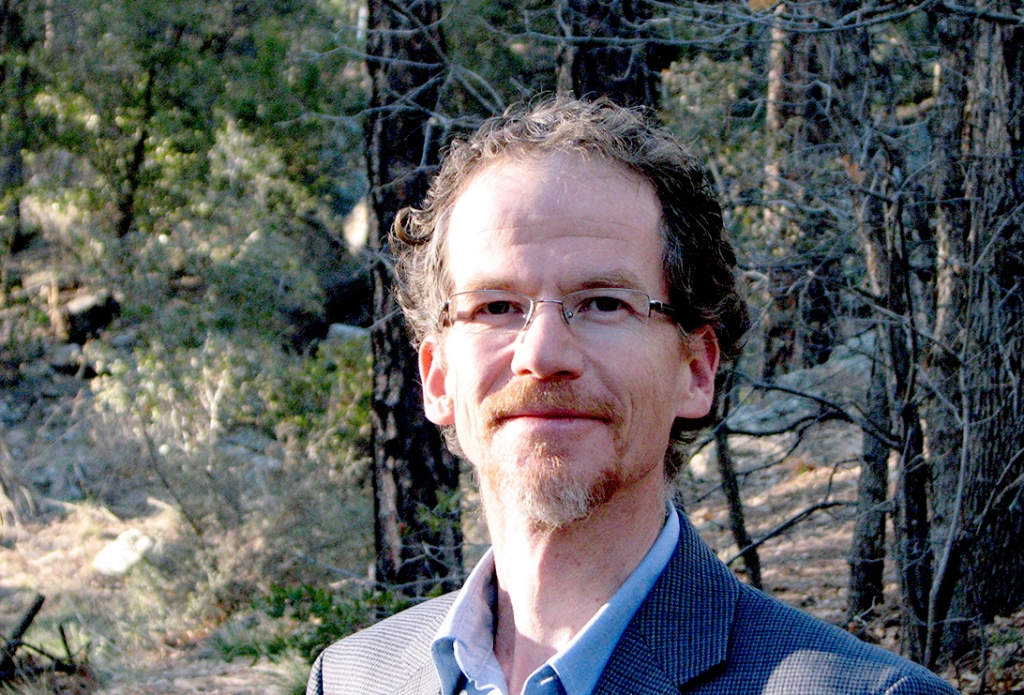When COVID-19 showed up in Washington this winter, Fairhaven College of Interdisciplinary Studies Dean Jack Herring used his expertise to predict how the infection might spread in Whatcom County.
“Like so many people, I felt I needed to be doing something to contribute to a better understanding of what was, and is, a very scary situation,” says Herring, whose work in computer modelling and research is usually focused on climate. “I like to bring together perspectives from a variety of disciplines to imagine solutions to contemporary problems. This is the most compelling problem I have applied my research skills to in my professional career.”
Herring’s models were a valuable planning tool for Whatcom Unified Command: His work showed a worst-case scenario of unchecked growth could result in 18,000 hospitalizations and up to 4,200 deaths in Whatcom County alone. Thankfully, that alarming scenario was avoided with residents’ adherence to Gov. Inslee’s stay-at-home order. Herring also created models showing that 80 percent of county residents wearing masks could prevent a fall surge of infections.
But while models can help officials and the public understand the potential spread of disease, it is human behavior that has the real power to stop it.
“That’s what I want people to know, is how much of a difference simple changes in behavior can make in the course that this pandemic takes,” says Herring, who begins a new assignment this summer as vice provost for Undergraduate Education. “I think the evidence that social distancing and mask wearing make a very strong difference is just overwhelming right now.”
